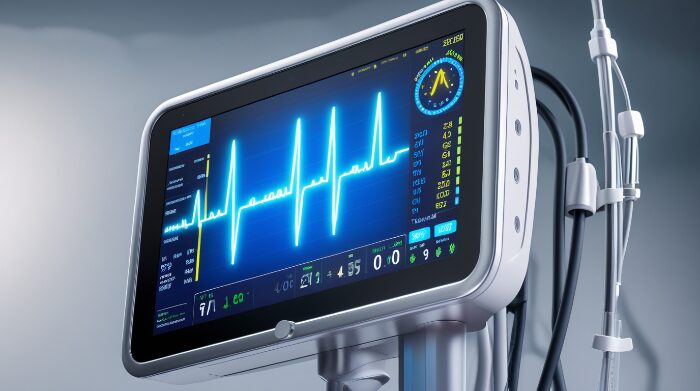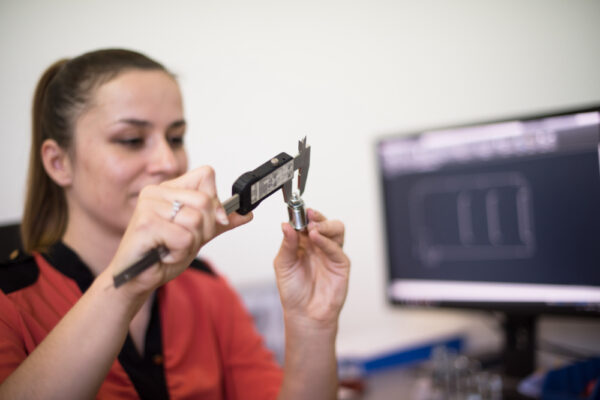Main Challenges
Manufacturing plastic parts for aeronautics and medical applications poses specific challenges that need to be addressed to ensure the highest quality and reliability. Some of the main challenges include material selection, precision manufacturing, regulatory compliance, and biocompatibility requirements.
Material selection is a critical challenge in plastic part manufacturing. Aeronautics and medical applications demand materials with exceptional mechanical properties, chemical resistance, and biocompatibility. Extensive research and testing are conducted to identify suitable polymers that meet these stringent requirements. Specialized engineering polymers, such as PEEK (polyetheretherketone) or ULTEM (polyetherimide), are often employed due to their high strength, temperature resistance, and chemical stability.
Precision manufacturing is essential to meet tight tolerances and ensure consistent quality. Injection molding, the primary process for plastic part manufacturing, requires careful control of parameters such as temperature, pressure, and cooling to achieve desired results. Advanced mold design, tooling, and process optimization techniques are employed to address challenges related to part shrinkage, warpage, or dimensional variations.
Regulatory compliance is crucial in the medical industry. Manufacturing plastic parts for medical applications requires adherence to strict regulations, such as ISO 13485 and FDA guidelines. Stringent quality management systems, documentation control, and traceability measures are implemented to ensure compliance and product safety.
Biocompatibility is a significant challenge in medical applications. Plastic parts used in implants or medical devices must exhibit compatibility with human tissues and fluids. Biocompatibility testing, including cytotoxicity, sensitization, and implantation studies, is performed to assess the interaction between the plastic material and the biological system.
Addressing these challenges in manufacturing plastic parts for aeronautics and medical applications requires a combination of advanced materials research, process optimization, regulatory compliance, and thorough testing. Collaboration between material scientists, engineers, and regulatory experts is essential to overcome these challenges and deliver plastic parts that meet the demanding requirements of these industries.




